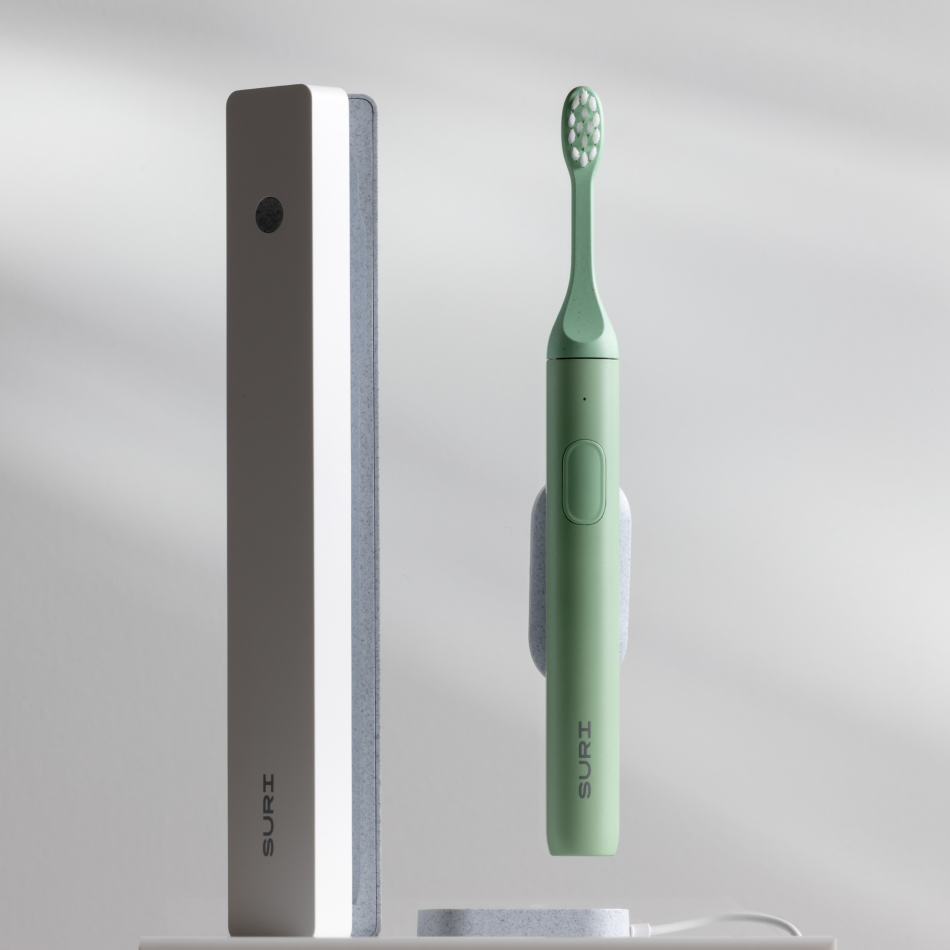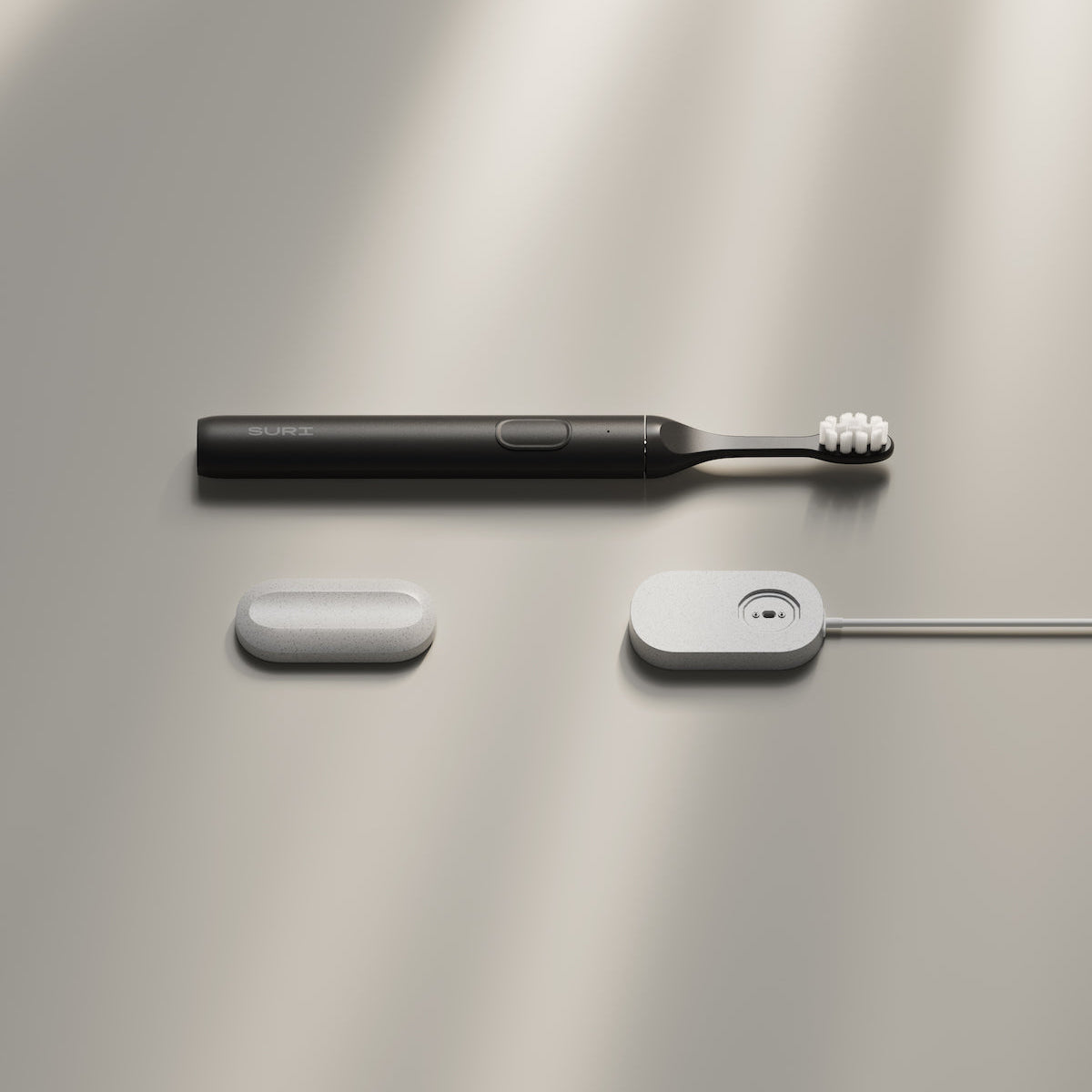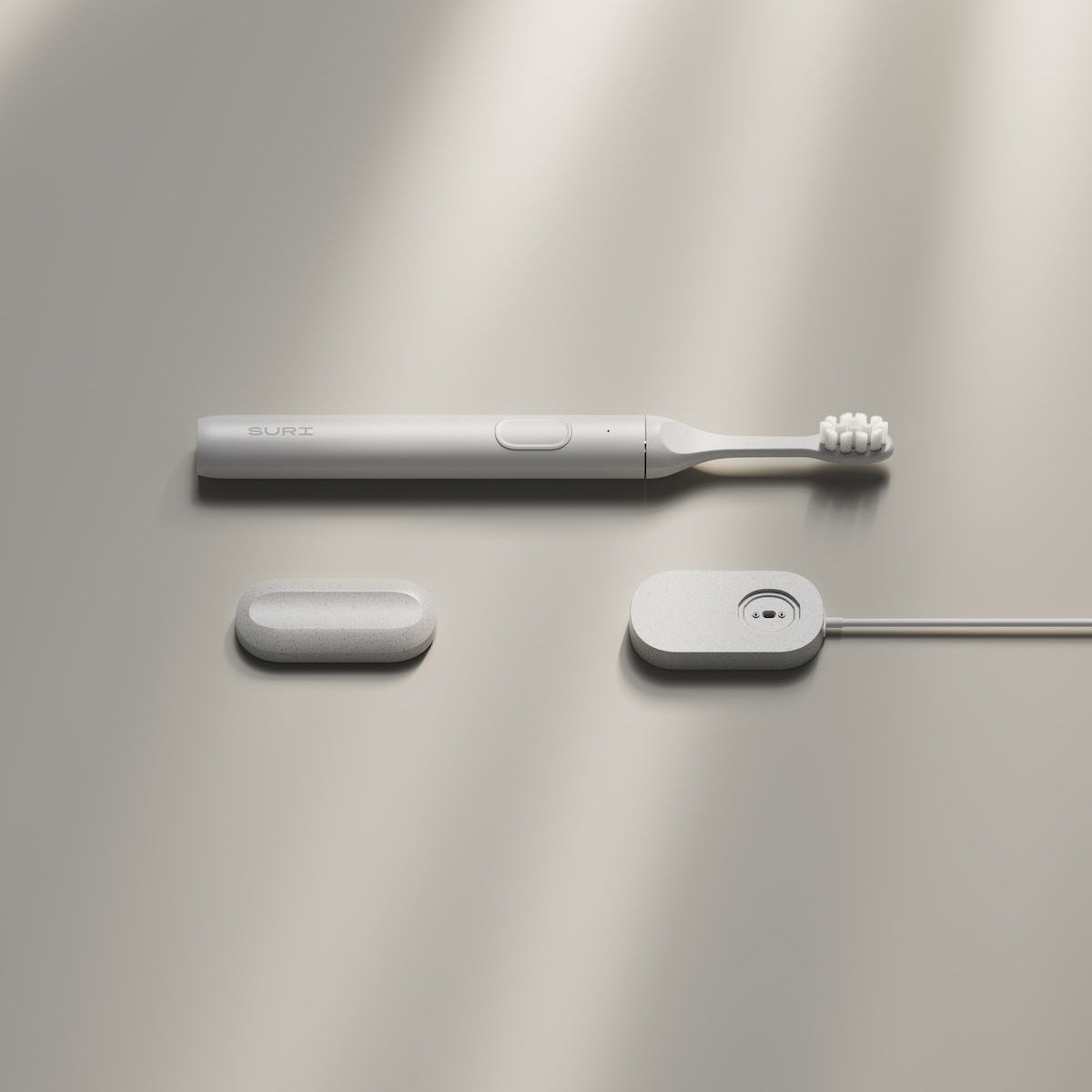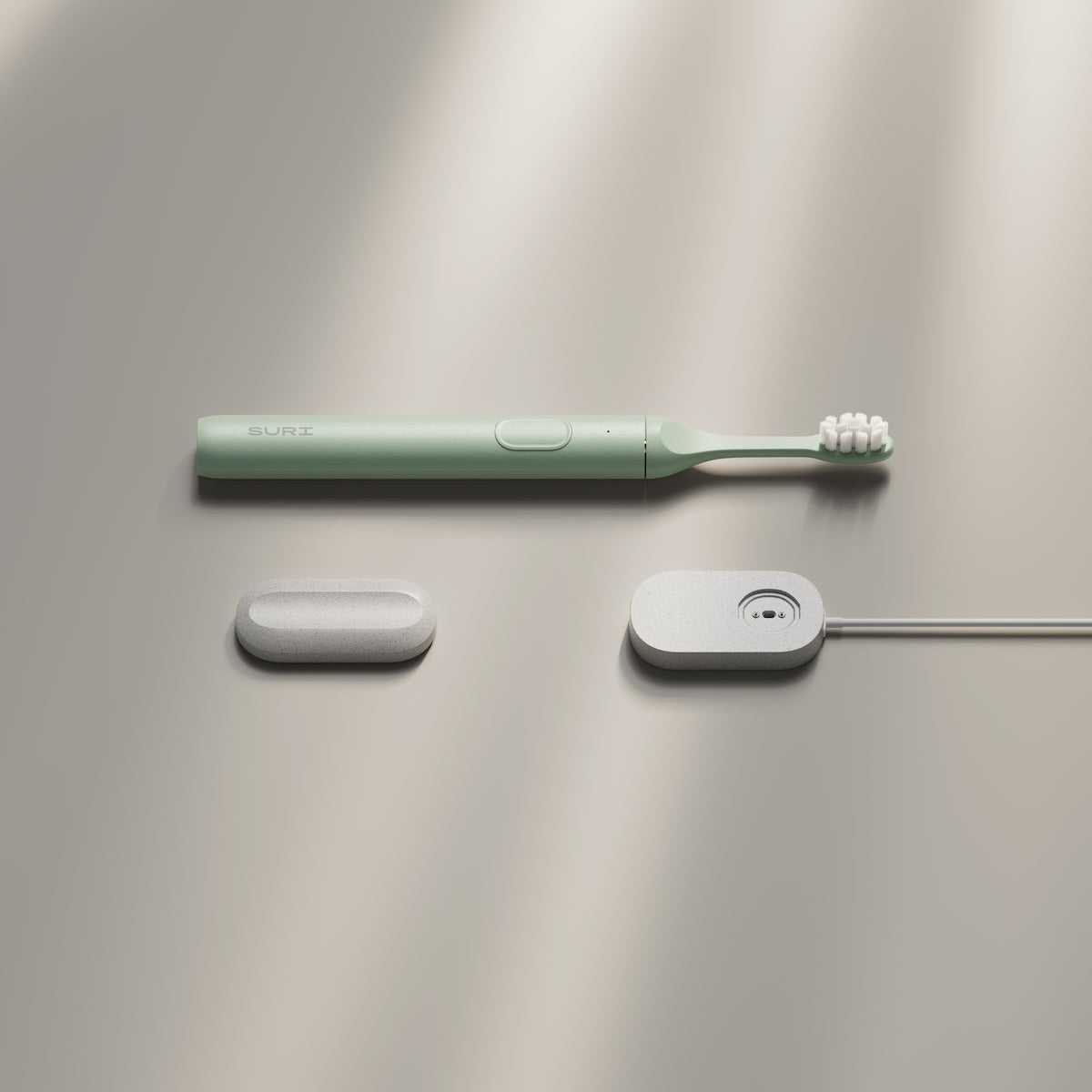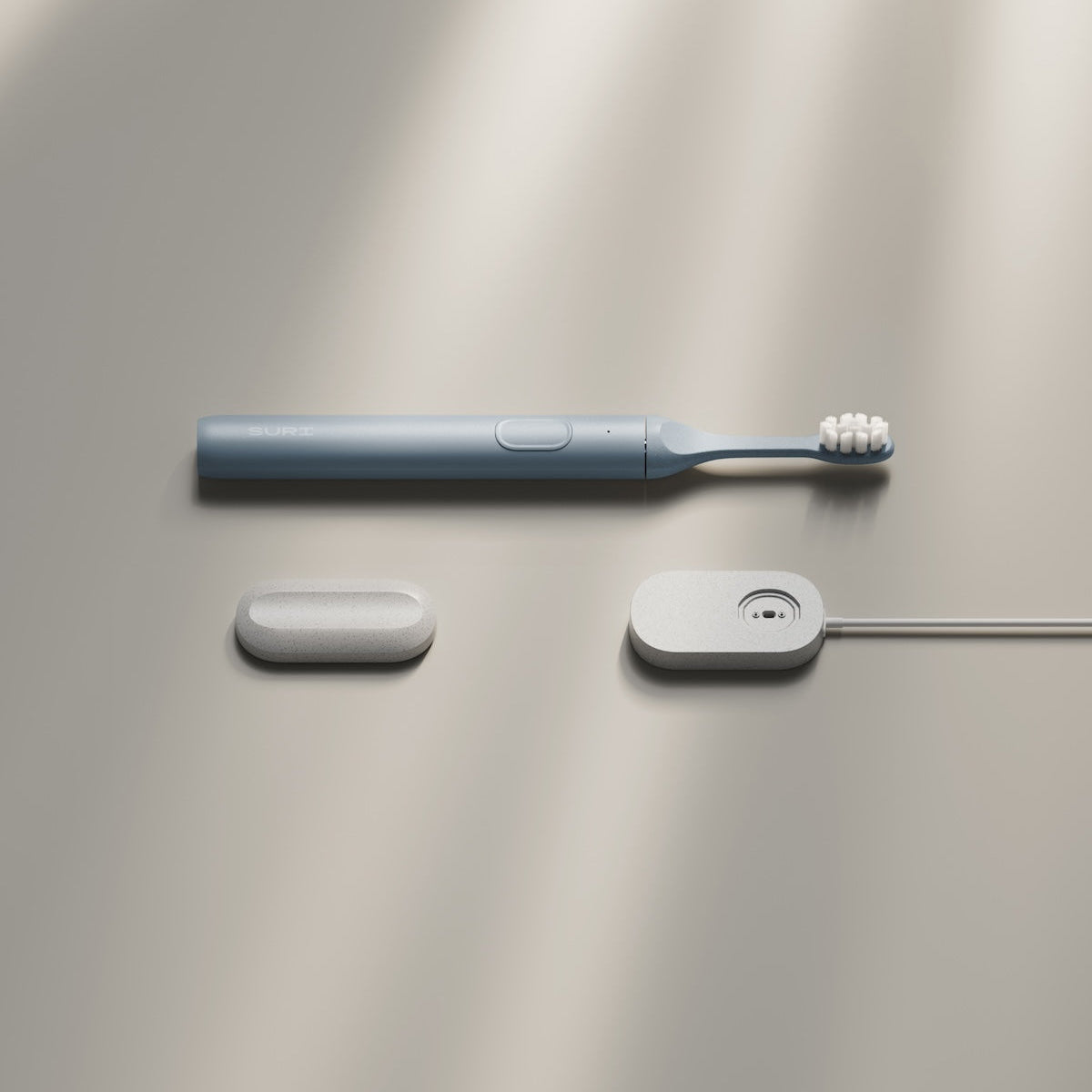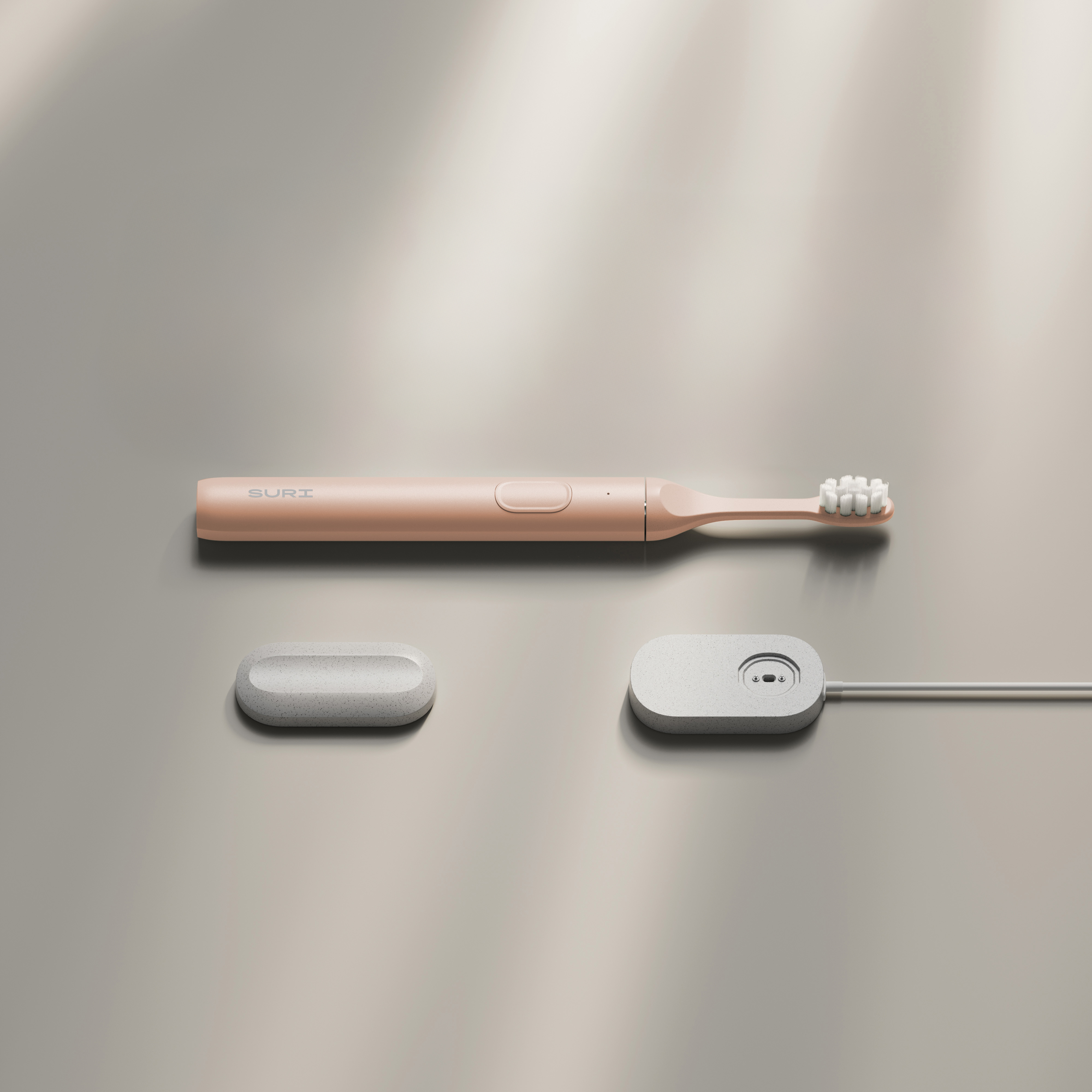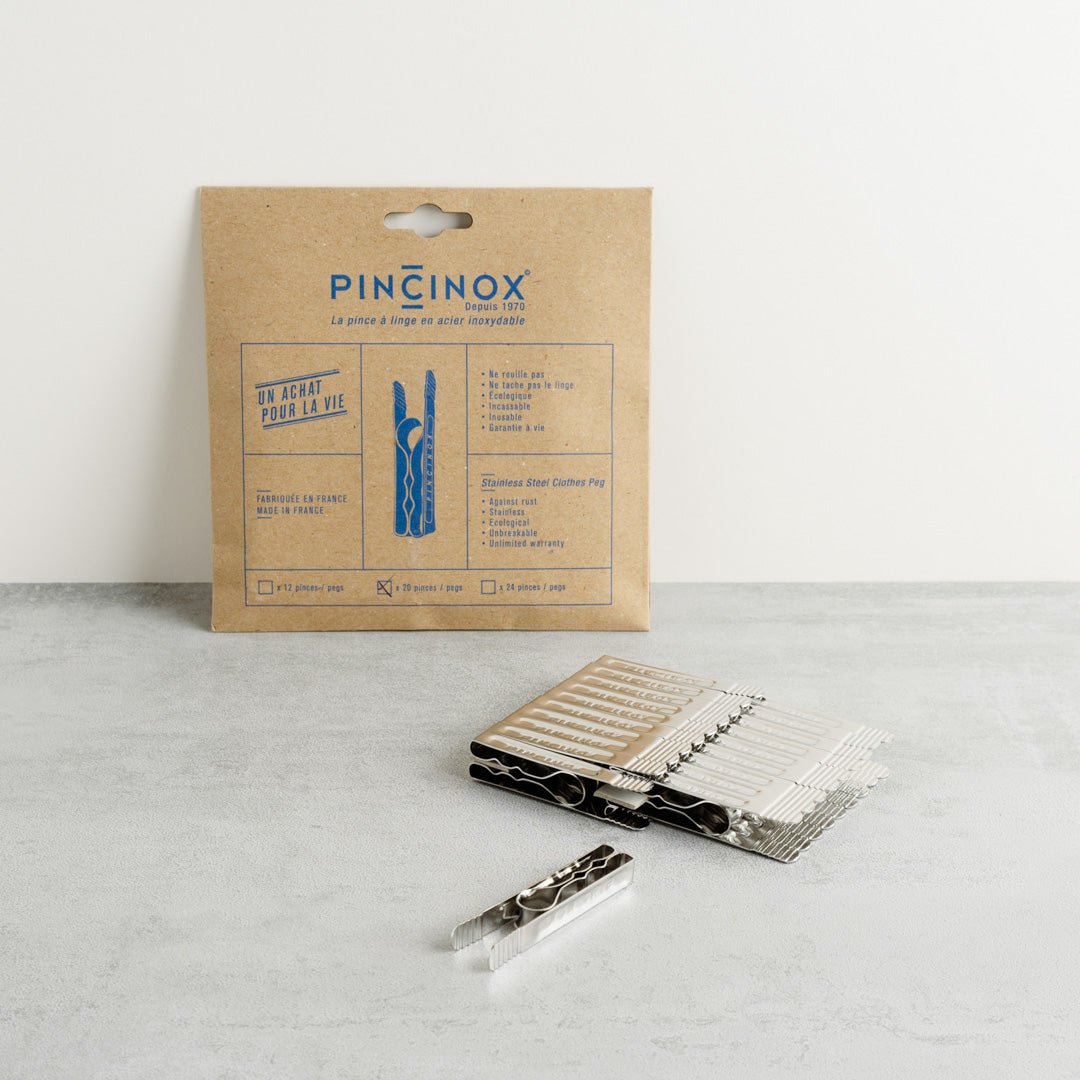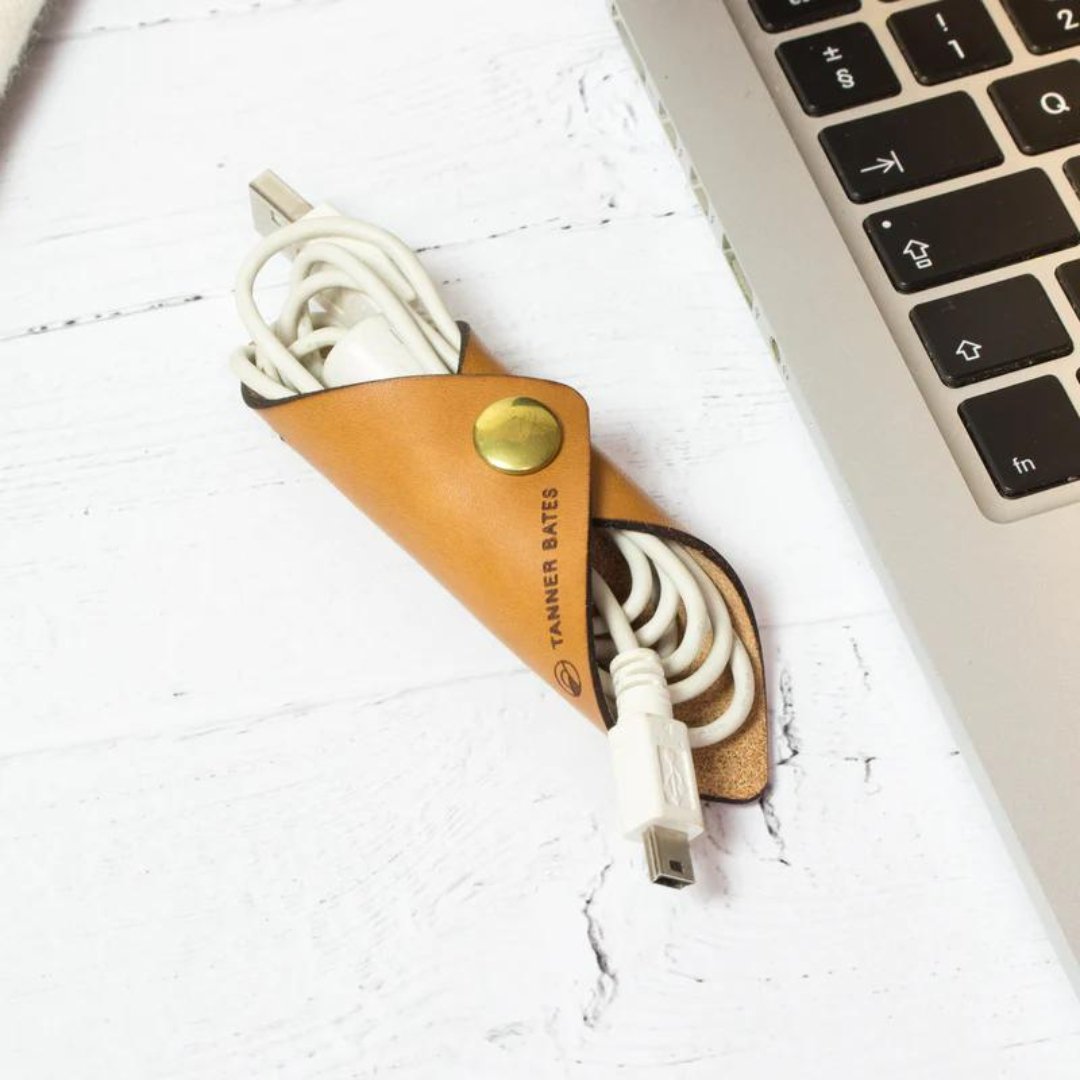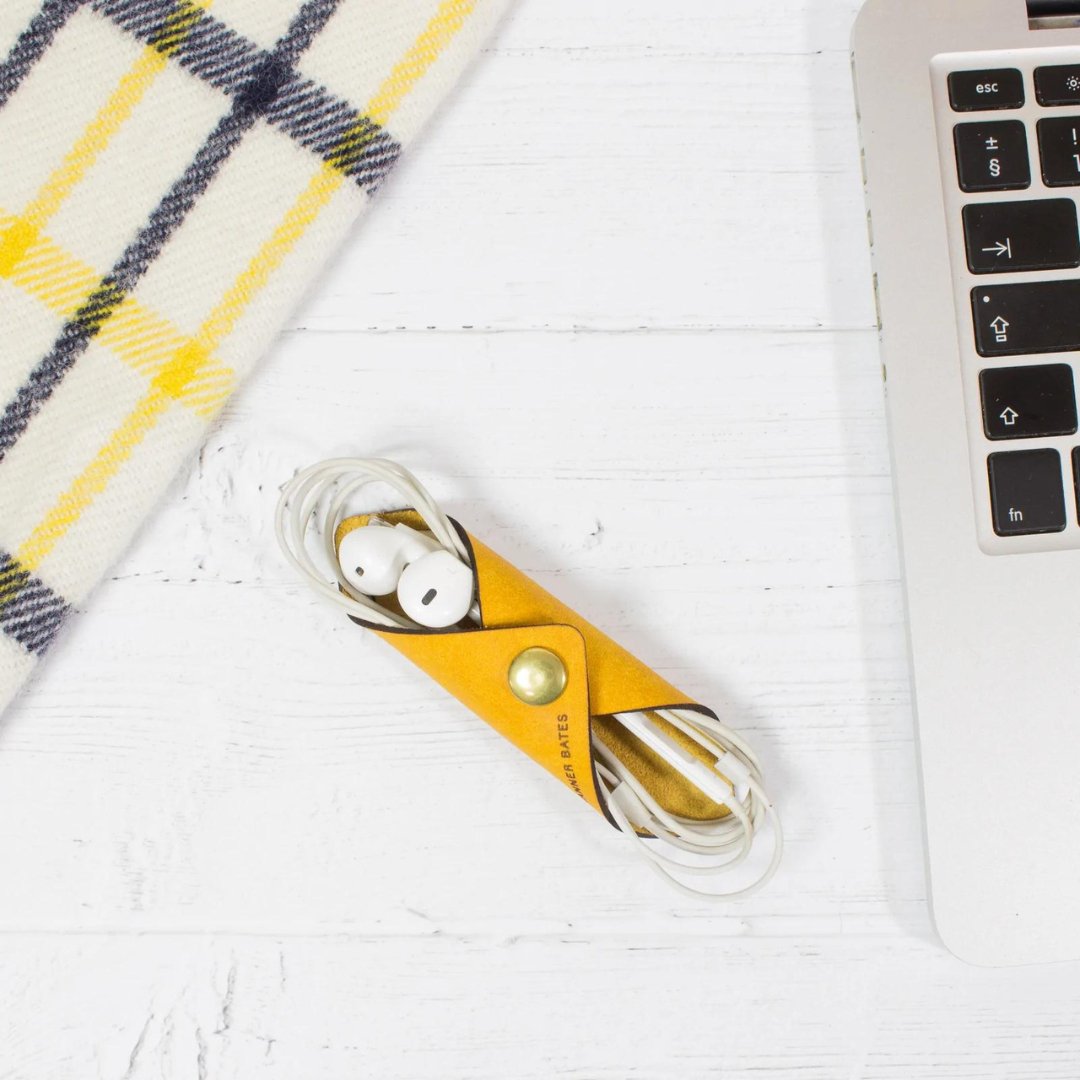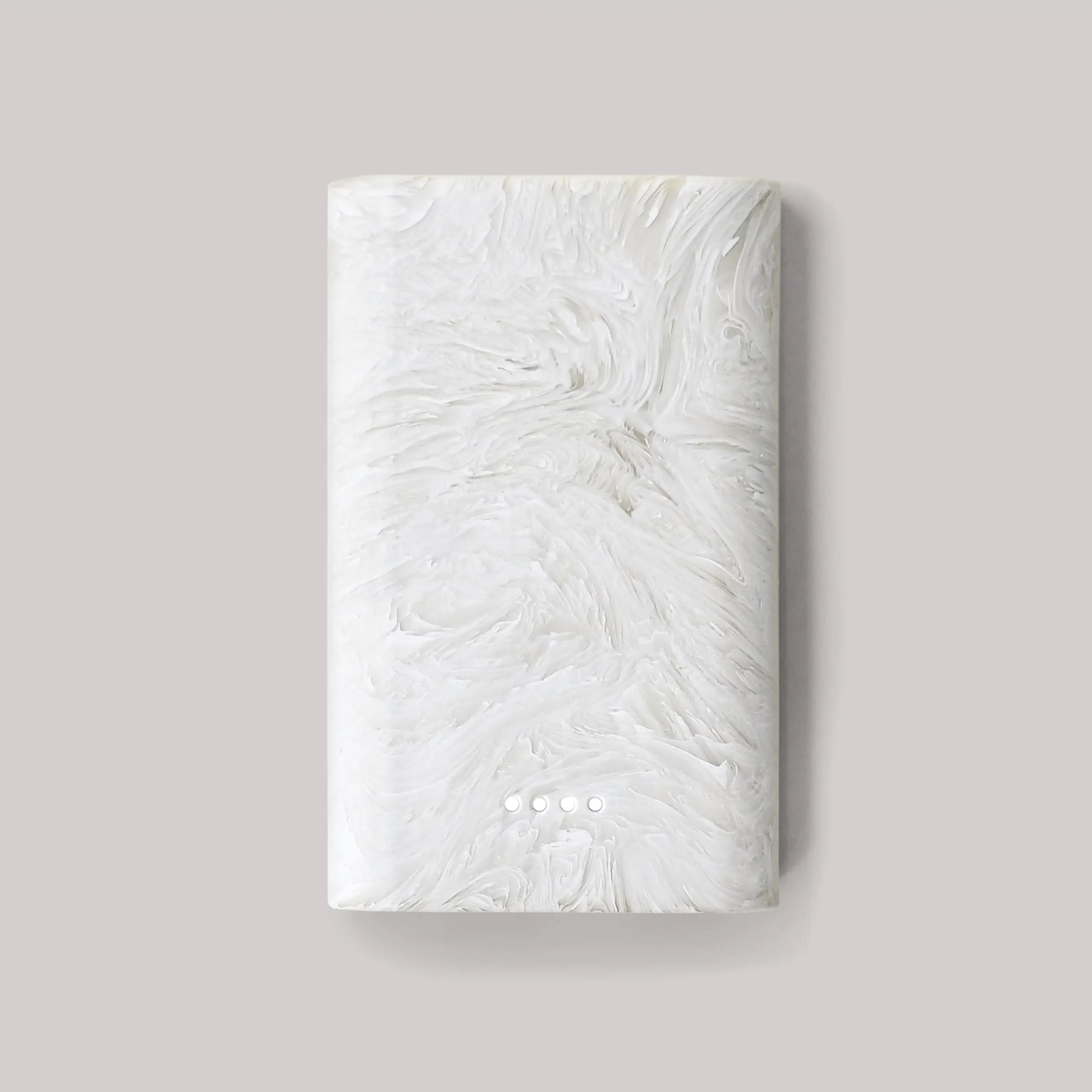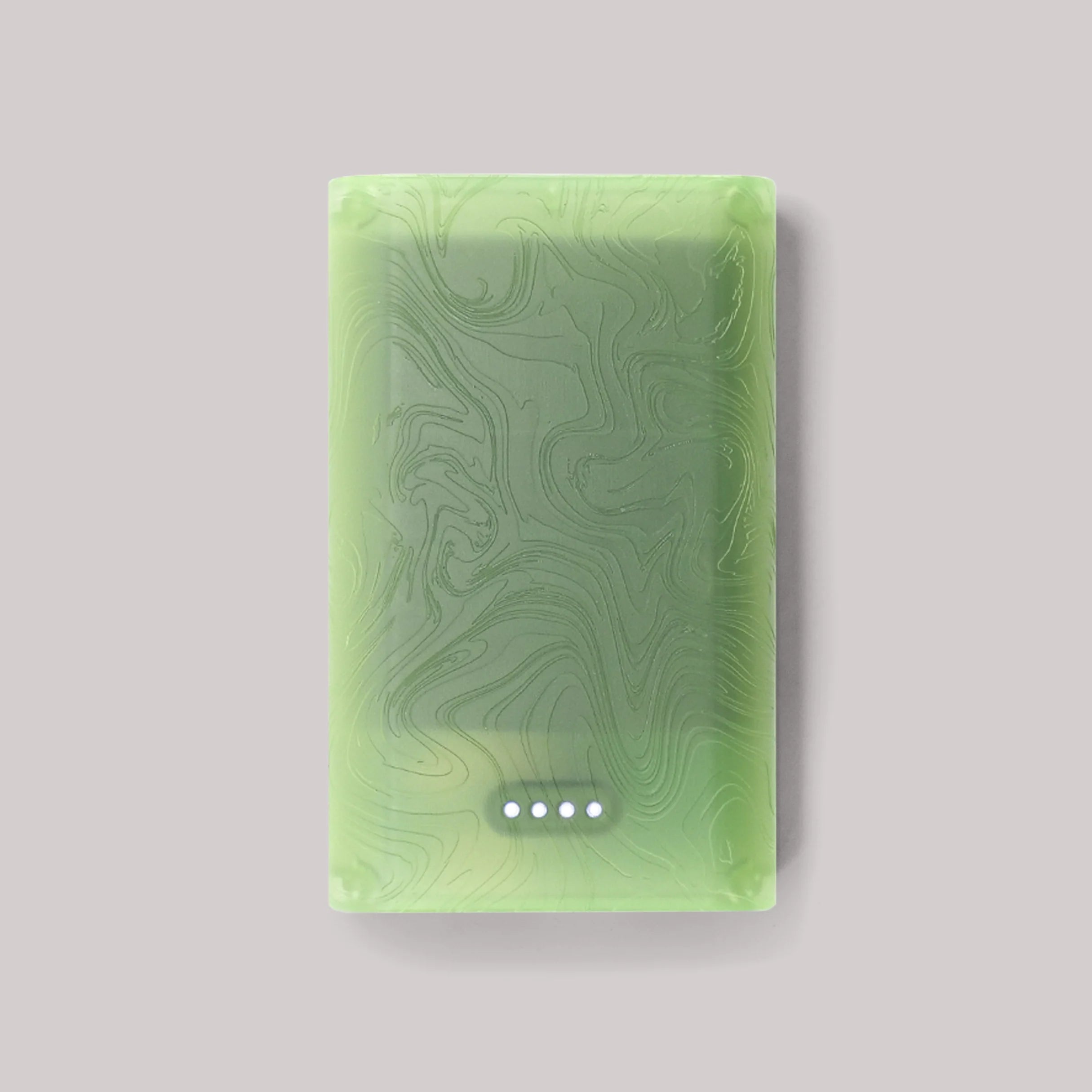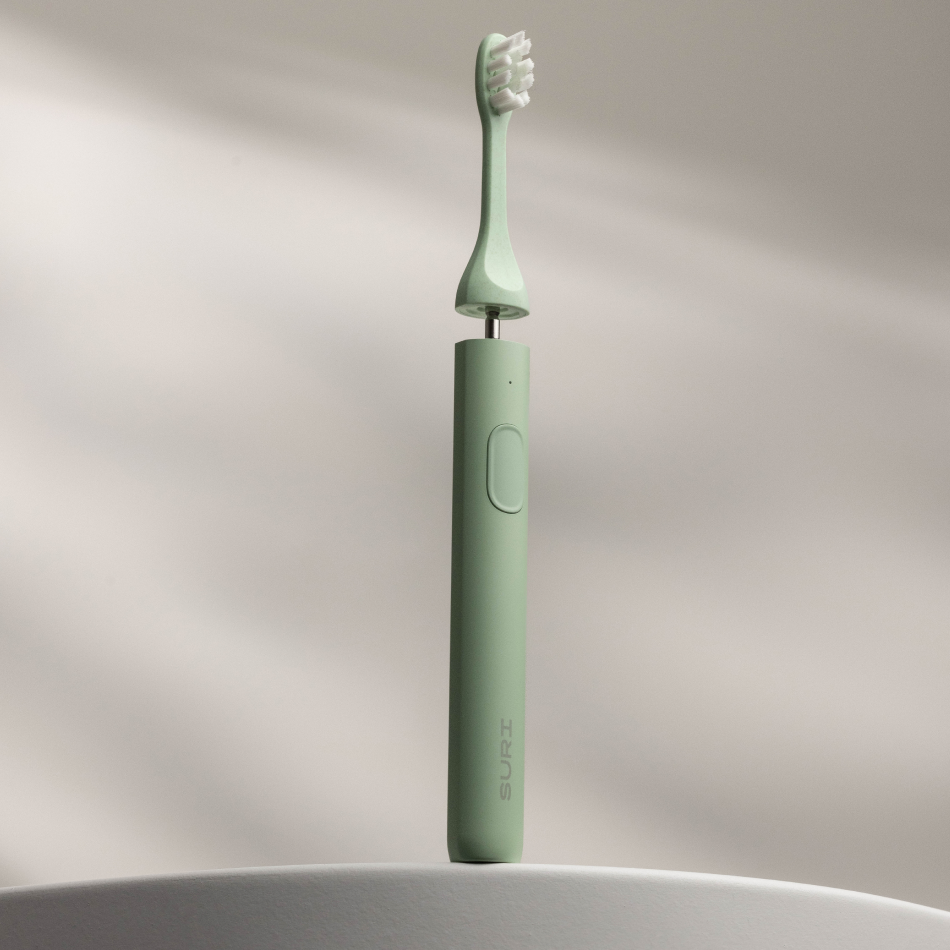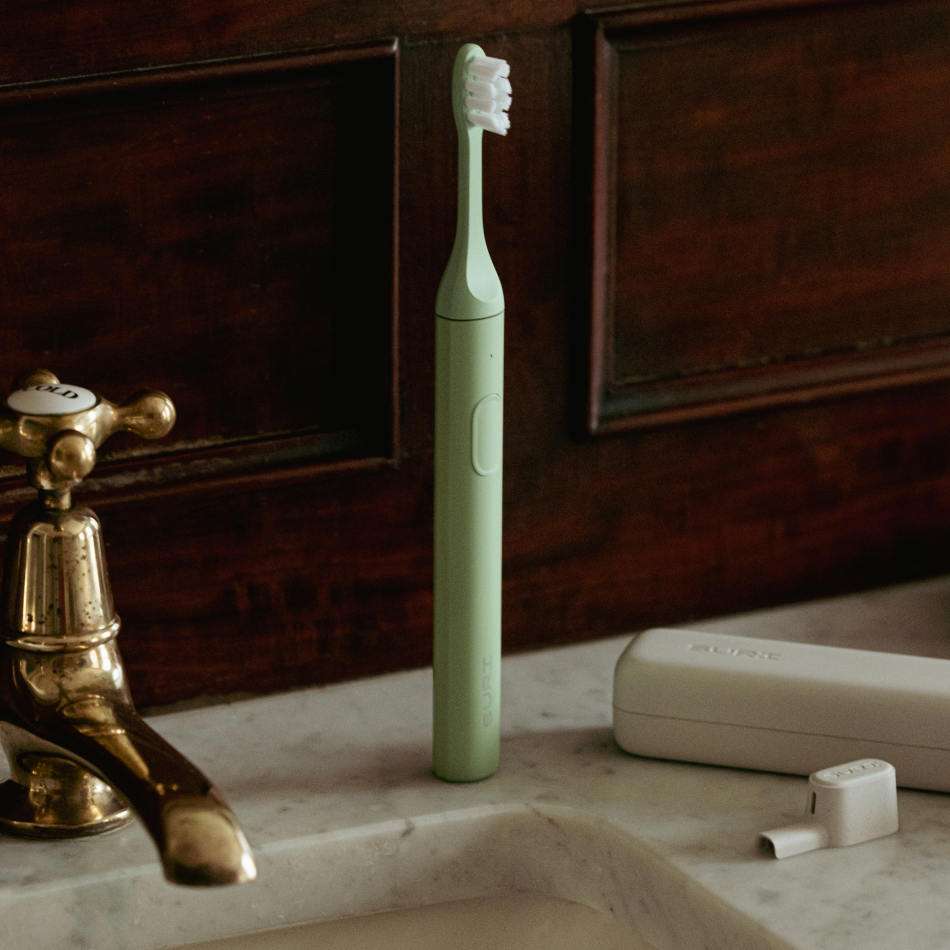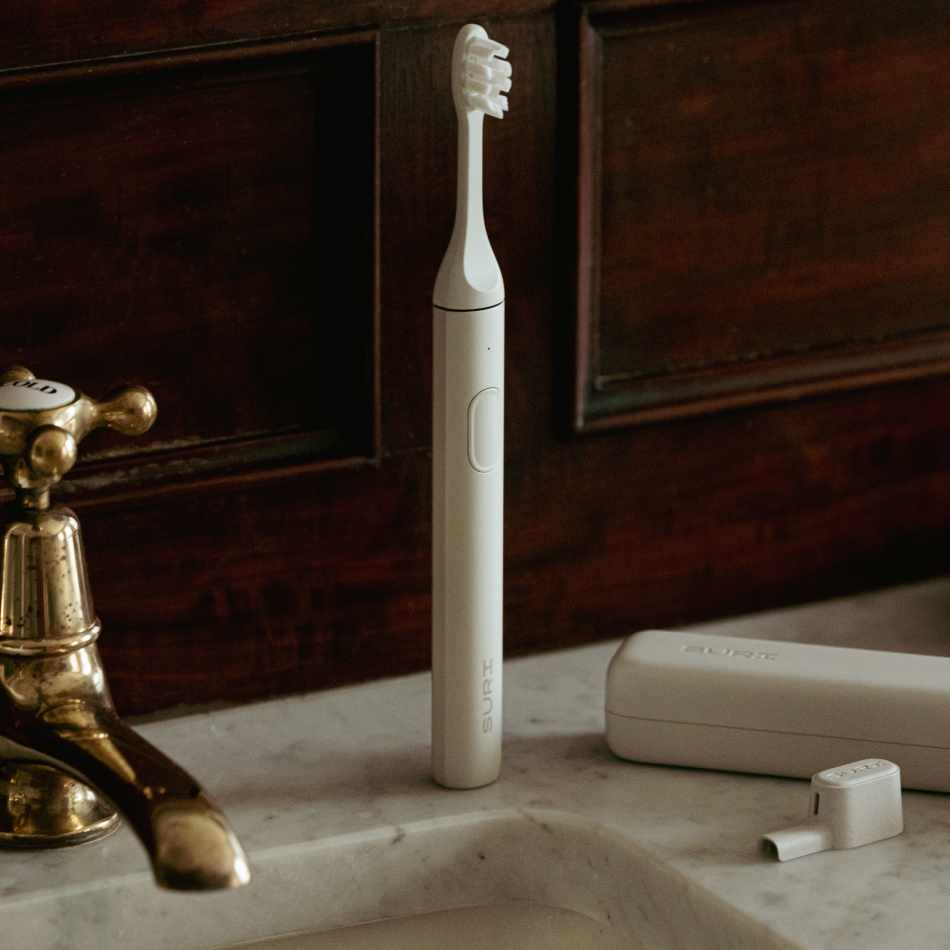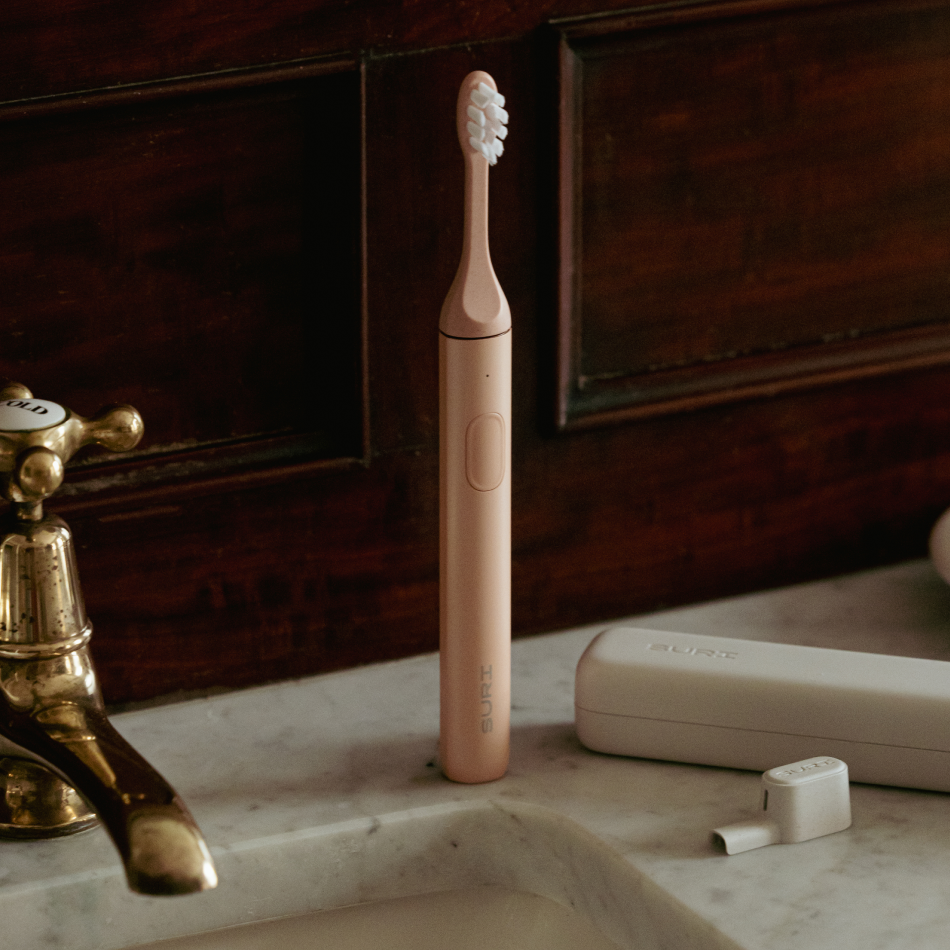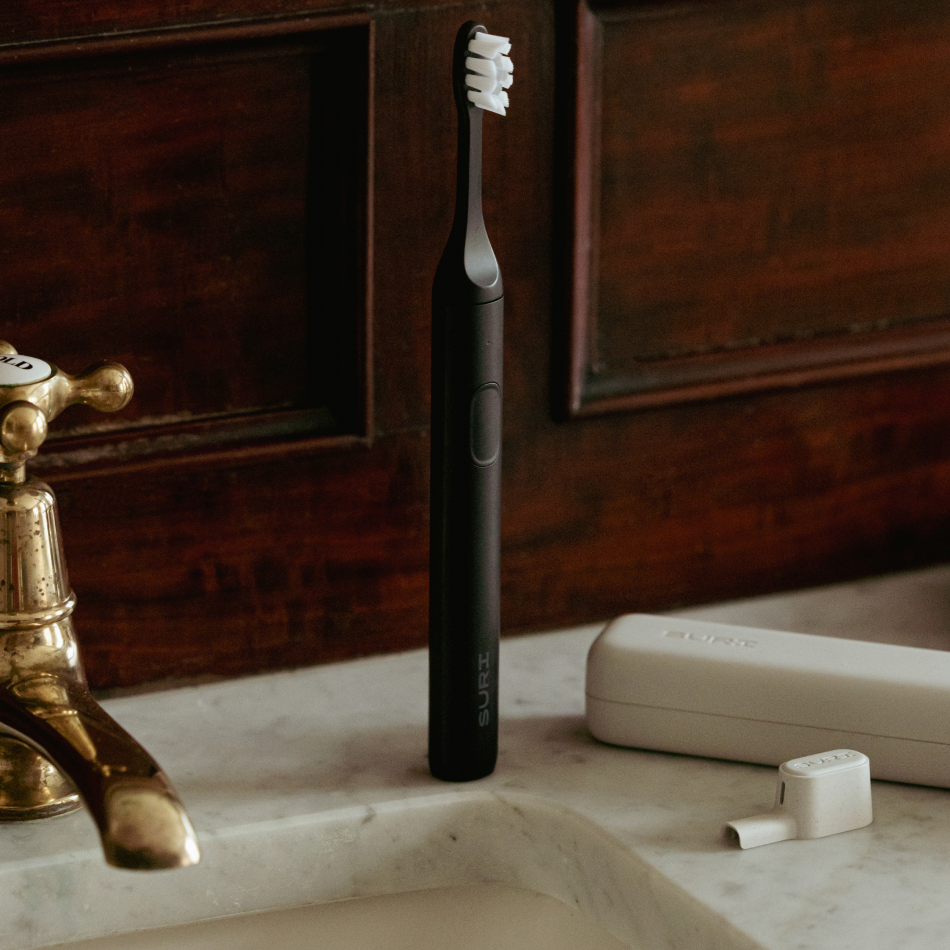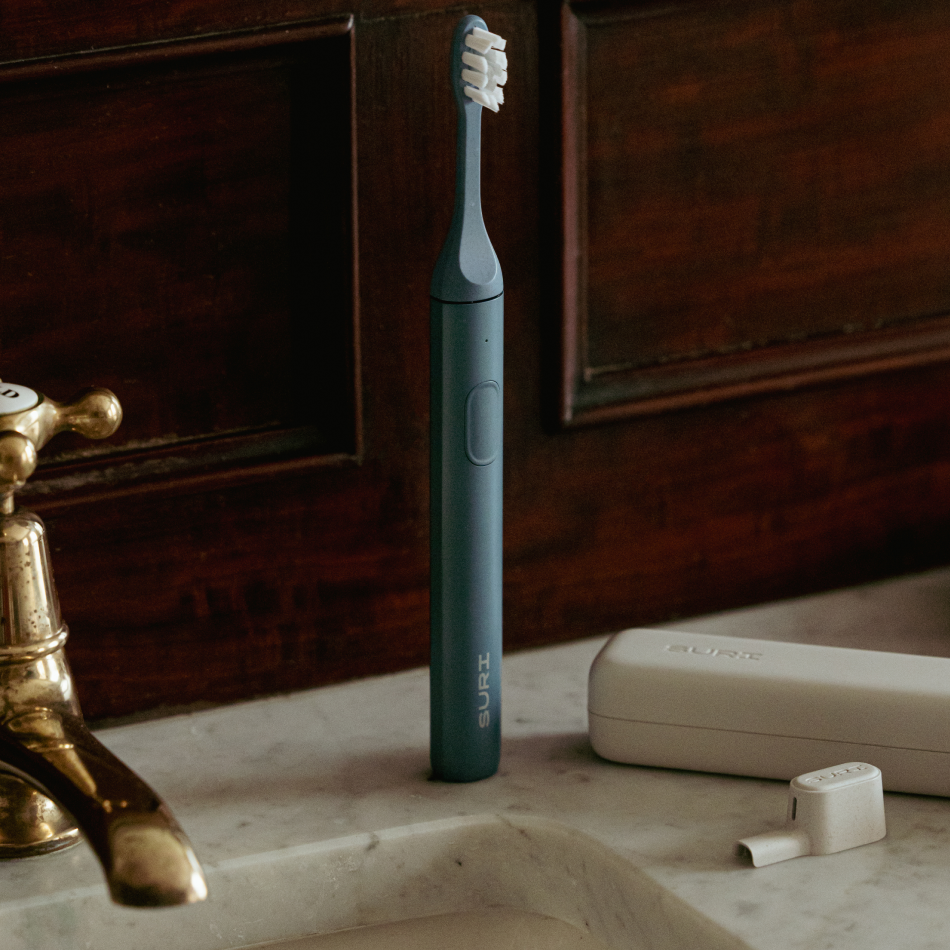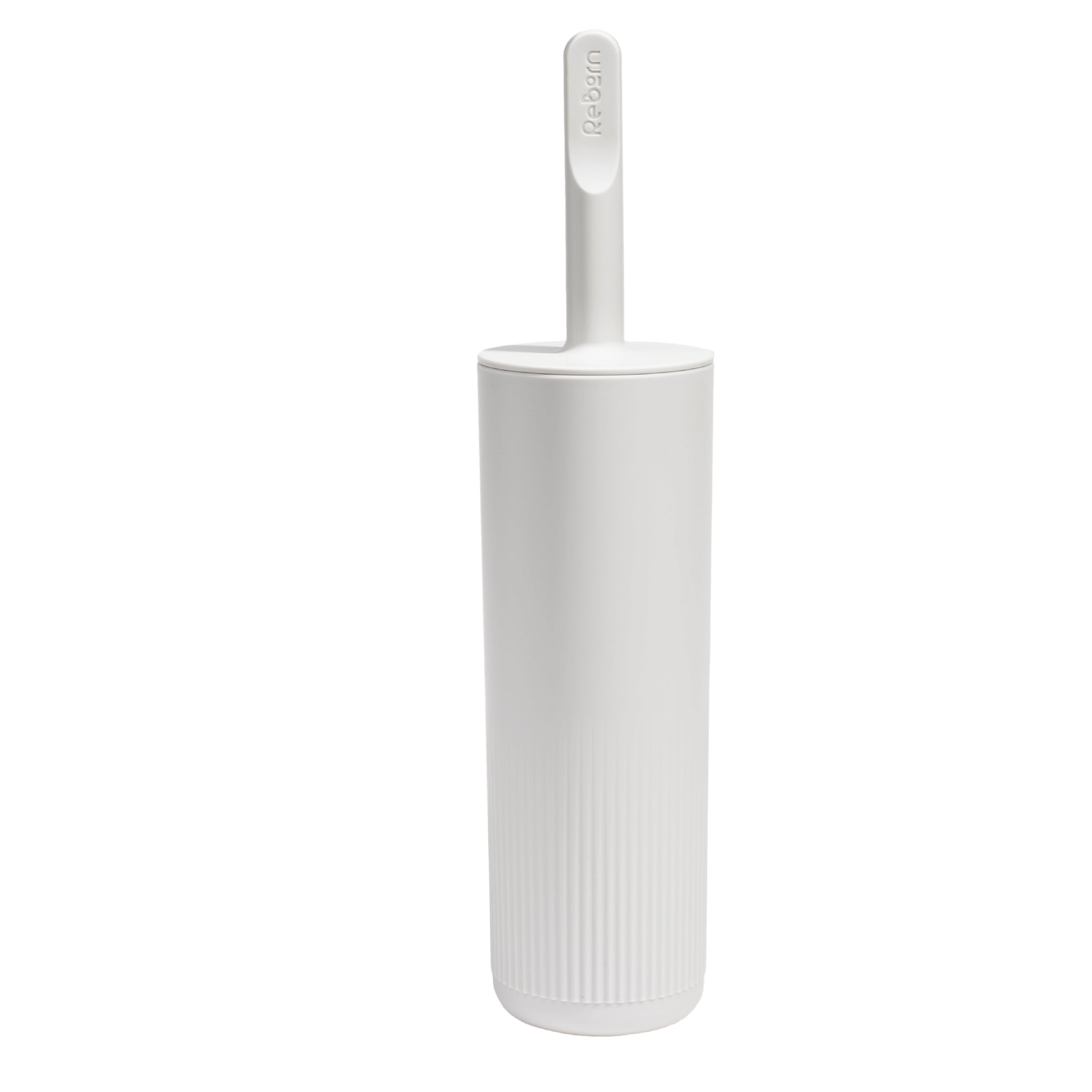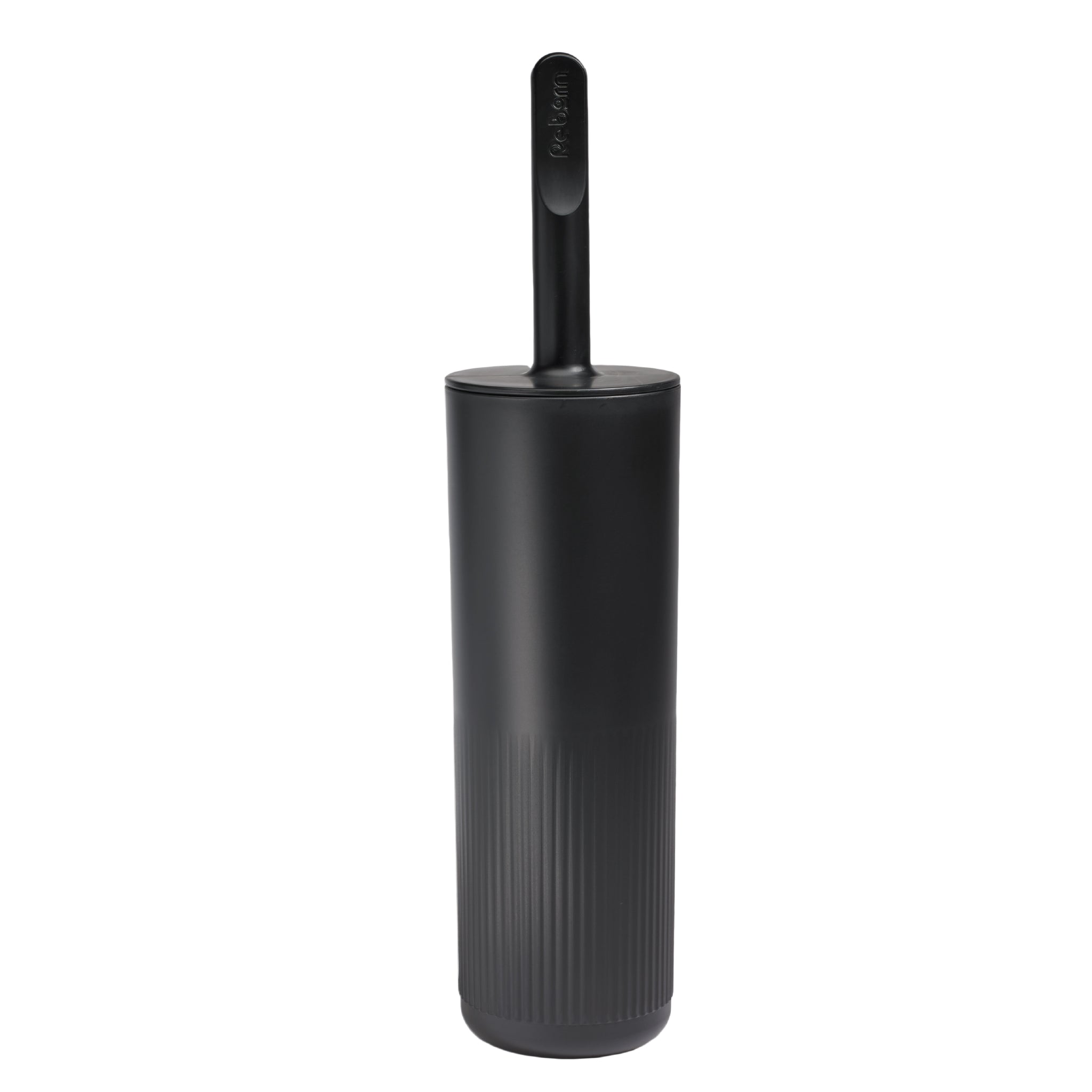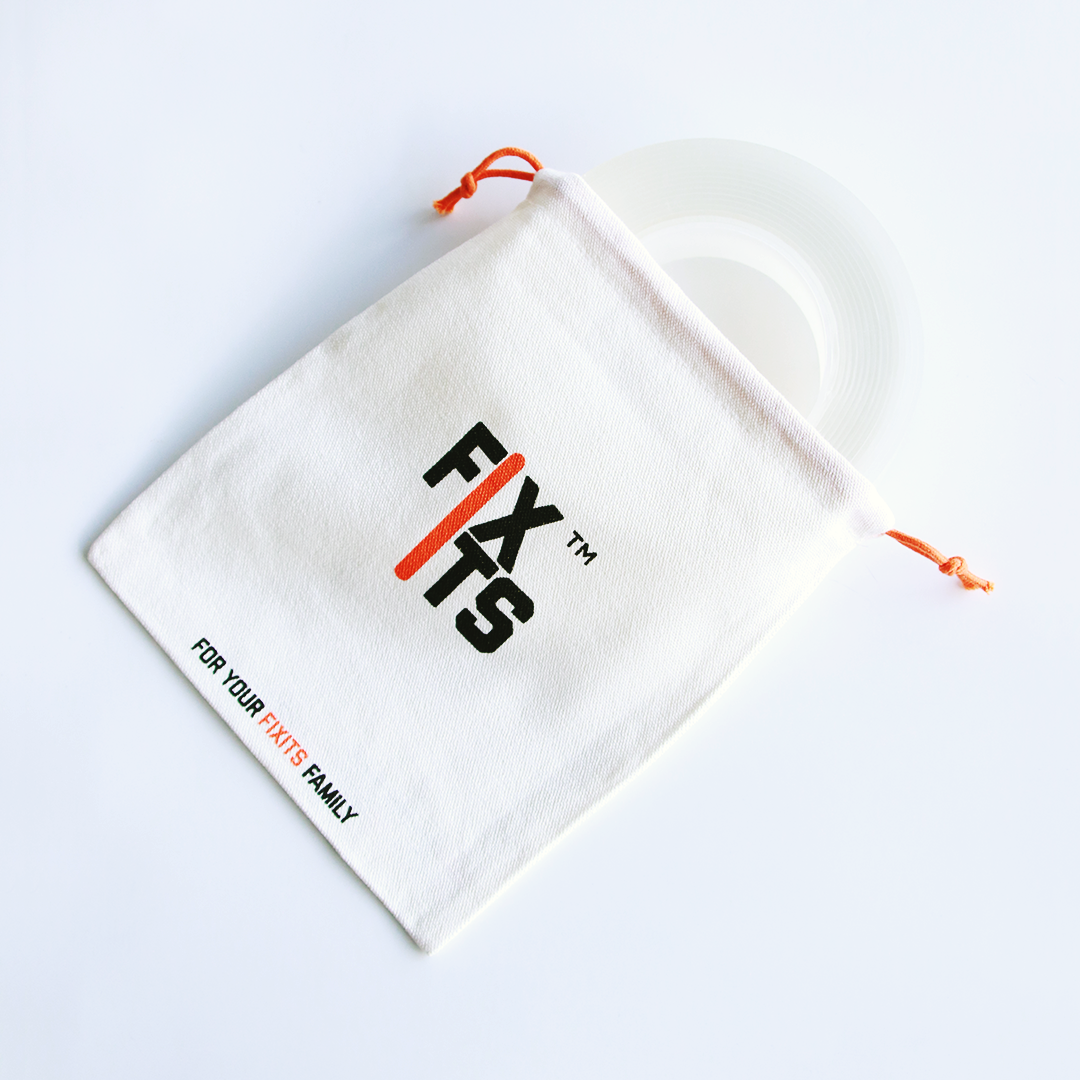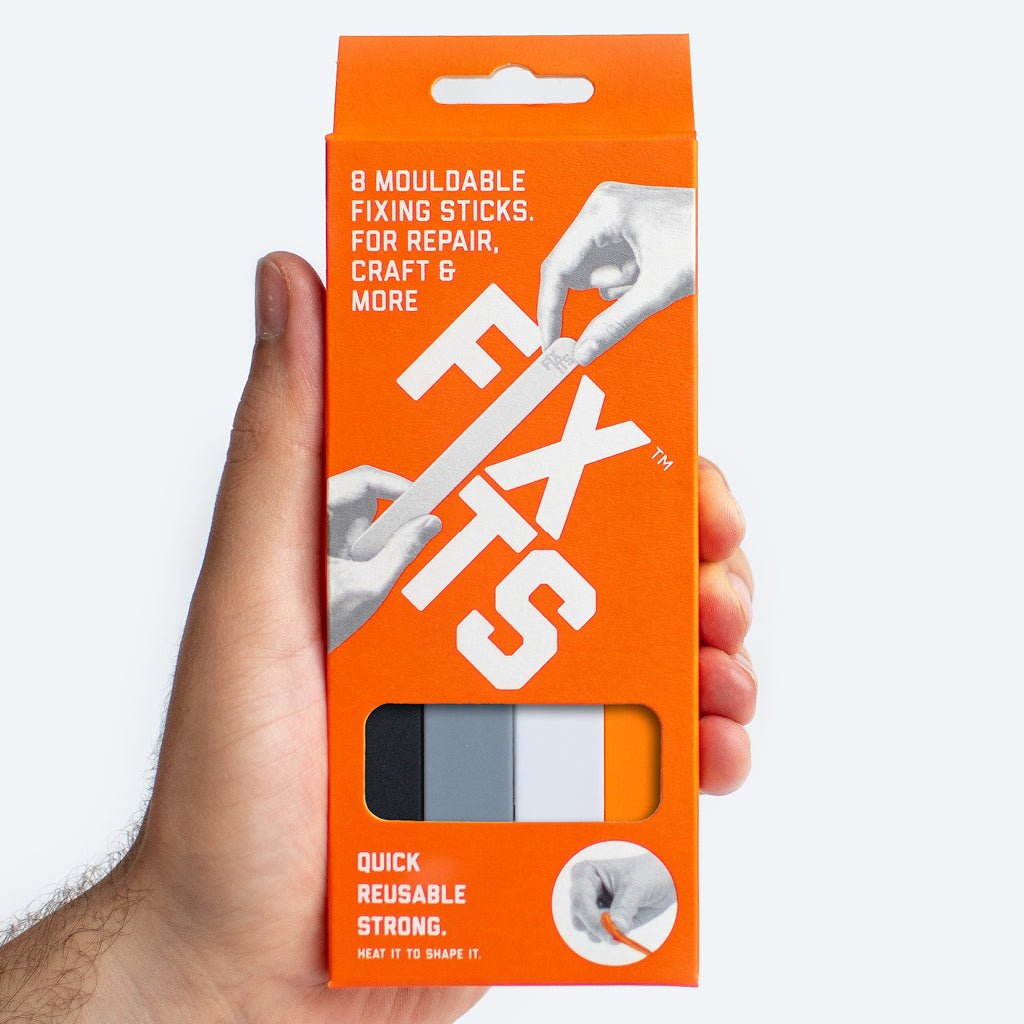I've spent the last decade trying to convince people that long-lasting things aren't just better for the planet - they're better for our sanity and wallets too. But the electronics industry has been my white whale, forever swimming against the current of repairability. Until now. The launch of the Fairphone 6 feels like one of those rare moments when the impossible suddenly seems... well, possible. A smartphone designed to last nearly a decade? In our throwaway tech culture?
This week, I've been diving into stories that suggest the circular economy is gathering serious momentum; from innovative gold recycling techniques to government packaging regulations with actual teeth. But it's the humble Fairphone that's given me the most hope.

This Week's Highlights
✓ Fairphone 6 offers 8 years of software support and 12 replaceable parts - roughly 5 years longer than most people keep their phones before getting that mysterious "everything's suddenly slower" syndrome.
✓ UK's new Extended Producer Responsibility scheme will make companies financially responsible for their packaging waste (cue corporate executives frantically Googling "what is compostable packaging").
✓ Scientists have figured out how to extract gold from e-waste using pool cleaner and sunshine - no toxic chemicals needed. The alchemists would be impressed!
The Fairphone 6: A Modular Marvel in a Disposable Digital World
The latest offering from Amsterdam-based Fairphone represents the most compelling case yet for sustainable smartphones. With twelve easily replaceable parts accessible with just a screwdriver, the Fairphone 6 embraces repairability in a market where most manufacturers seem to consider glue an essential design element. Its 5-year warranty and impressive 8-year software support promise extend far beyond industry standards, offering a genuine alternative to the typical 2-3 year replacement cycle that sees perfectly good devices discarded.
I'm particularly tickled by the "Fairphone Moments" feature - a hardware switch that transforms your attention-stealing pocket computer into a minimalist device. It's like they understand that sustainability isn't just about materials, but about our relationship with technology itself. How refreshingly holistic! The feature acknowledges that digital consumption can be just as problematic as physical consumption - something I've been banging on about for years while staring guiltily at my own screen time reports.
Behind the headline sustainability features, the phone actually performs admirably, with a 6.31-inch LTPO P-OLED display, Gorilla Glass 7i, and a battery that lasts nearly two days. This matters because sustainable products fail if they require significant performance sacrifices. No one wants to feel virtuous while squinting at a dim screen or constantly hunting for charging points like a caffeine-deprived barista seeking coffee beans.
"We believe that a smartphone can be both innovative and sustainable... it's not about compromise, but about smart design choices." - Fairphone CEO
Source: NotebookCheck – 1 July 2024

UK's New Packaging Rules Put Responsibility Where It Belongs
Starting May 2025, the UK government is implementing an Extended Producer Responsibility scheme that fundamentally shifts who pays for packaging waste. Companies will be financially responsible for the full lifecycle of their packaging, from production through disposal, instead of taxpayers footing the bill. It's like finally making your messy housemate clean up their own dishes after years of doing it for them.
This is exactly the kind of systemic change needed to move beyond well-meaning consumer choices to structural reform. For years, we've placed the burden of sustainability on shoppers, asking them to navigate a labyrinth of recycling symbols and greenwashing claims while companies continued wrapping single grapes in three layers of plastic. This legislation flips the script, creating financial incentives for businesses to design out waste from the start.
Behind the Headline, the scheme introduces an ingenious traffic light system for packaging recyclability. Materials will be categorised as green, amber, or red, with higher fees for harder-to-recycle options. The current recycling rates illustrate why this matters: while 73% of paper and cardboard packaging gets recycled, plastic packaging languishes at just 52%. For companies selling through our durable homeware products at Buy Me Once, this will further incentivise their shift toward simpler, more sustainable packaging.
Source: UK Government News – 26 June 2024

Turning E-Waste Into Gold With Sunlight and Pool Cleaner
Scientists at Flinders University have developed a remarkably simple, non-toxic method to extract gold from electronic waste using little more than pool disinfectant, saltwater, and sunlight. This breakthrough replaces traditional gold recovery methods that rely on hazardous chemicals like mercury and cyanide, offering a promising solution to the mounting e-waste crisis that saw 62 million tonnes generated globally in 2022.
I find this development absolutely brilliant because it addresses both ends of the sustainability spectrum - making products last longer AND dealing intelligently with materials when things do reach end-of-life. While we advocate for durable products that don't need frequent replacement, we must also acknowledge that everything eventually wears out. Having clean, efficient methods to recover precious materials completes the circular economy loop.
Behind the Headline, this technology could have profound implications for artisanal gold mining communities around the world. Currently, these operations contribute about 37% of global mercury pollution, with devastating health impacts for miners and local ecosystems. A safer alternative could transform livelihoods while dramatically reducing environmental harm - a perfect example of how sustainability and social justice are inextricably linked.
Source: SciTechDaily – 27 June 2024
Why This Matters For You
These developments aren't just feel-good news stories; they represent genuine shifts that will affect your everyday life. The Fairphone 6 demonstrates that when manufacturers prioritise repairability and longevity, consumers gain control over their devices rather than being controlled by planned obsolescence. Imagine not feeling that twinge of dread when your phone battery begins to fade, knowing you can simply order a replacement part and fix it yourself in minutes.
Similarly, as the UK's Extended Producer Responsibility scheme rolls out, you'll likely notice gradual changes in packaging design across all products you buy. Excessive packaging will become financially unsustainable for companies, potentially leading to more innovative, minimal designs. And while you might not be extracting gold from circuit boards in your kitchen (though I'd love to see that science fair project), technologies that make recycling more efficient ultimately create more circular systems that benefit everyone.
Quick Wins & FAQs
How can I make my current smartphone last longer?
A good case and screen protector are just the beginning. Regular software updates, battery-saving habits (avoid constant 100% charging), and occasional deep cleaning of ports and speakers all extend lifespan. For minor repairs, check YouTube tutorials or iFixit guides before replacing. Most importantly, resist the "new shiny thing" marketing when your current device works perfectly well. Ask yourself if new features genuinely improve your life or just your Instagram aesthetic.
What's the best way to dispose of electronics I truly can't repair?
Never put electronics in regular rubbish! Most municipalities have dedicated e-waste collection points where devices are processed for material recovery. Retail chains like Apple and Best Buy also offer recycling programs. For working but unwanted devices, consider donation to schools or community organisations, or sell on platforms like Back Market. Even "dead" gadgets have value—many repair shops will purchase them for parts, keeping materials in circulation longer.
If the Fairphone isn't available in my region, what other repairable options exist?
Framework laptops offer exceptional modularity and repairability, while Teracube phones come with 4-year warranties and sustainable design. For Apple devotees, the iPhone SE line typically scores better on repairability than flagship models. When shopping, check iFixit's repairability scores or look for manufacturers who provide repair manuals and sell replacement parts directly to consumers. Also watch for companies supporting "Right to Repair" initiatives - they're usually better bets for product longevity.
There's something gloriously optimistic about a smartphone designed to last eight years in an industry where six months can feel like obsolescence. It reminds me that better ways of making things aren't just possible... they're already happening. While I can't promise the circular economy will solve all our environmental woes, these developments suggest we're finally moving in the right direction: valuing durability over disposability, systems over symptoms, and intelligent design over planned obsolescence.
x Tara
CEO Buy Me Once


